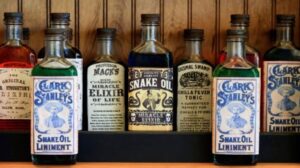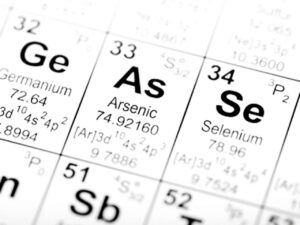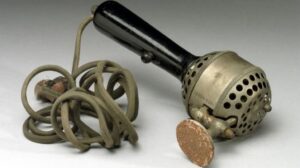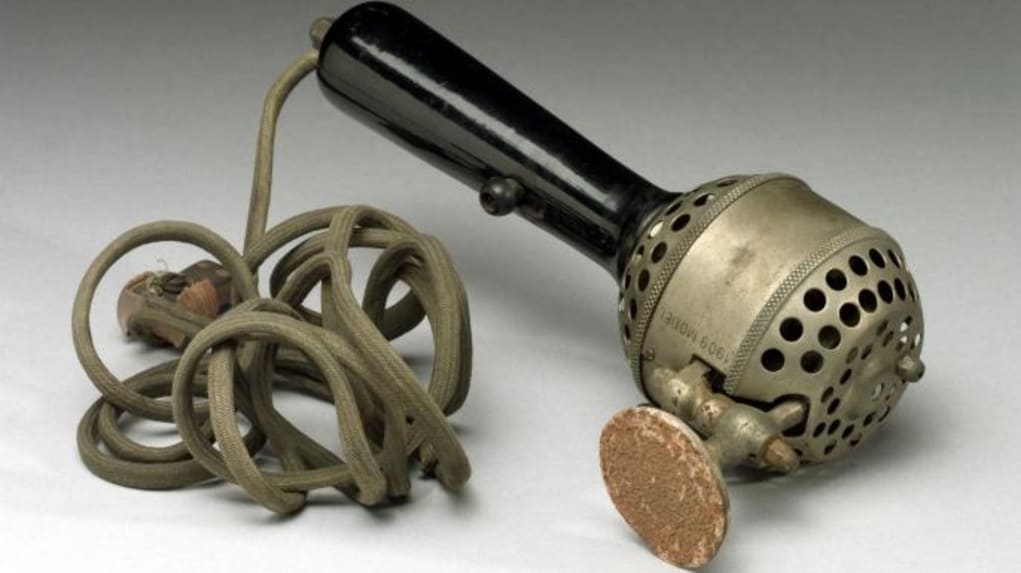The field of Medicine has experienced significant advancement. These Medical Treatments will make you grateful to have been born in the 21st century. Here are seven of the most outrageous medical treatments recommended by the Medical Society.
1. Dead mouse paste
Now, the name alone is bizarre enough to have you take to your heels if this is ever suggested. However, dead mouse paste was the go-to “drug” for tooth pains in ancient Egypt.
They also mashed the mouse with other ingredients to form a poultice that they applied to sore spots. Elizabethan England was also big on mouse solutions. Cutting a mouse in half and rubbing it on warts was common. They were also eaten either fried or baked as part of their meals. The mice market was booming as it was used to treat whooping cough, bed wetting and measles.
2. Hemiglossectomy
Stuttering? Half a tongue for you. If you’ve been curious about how the Doctors in the 18th and 19th centuries treated stuttering, then you’re in luck. They performed a procedure known as Hemiglossectomy, where half of the stutter’s tongue.
This procedure is used today in treating oral cancer and, of course, with anaesthesia which we are sure wasn’t the same back then. The pain was the least of the stutter’s problems as this treatment didn’t work, and some bled to death.
3. Snake Oil

While snake oil is known now to be a subtle way of saying quack medicine, for numerous centuries, especially in traditional Chinese society, snake oil was a great way to relieve pain.
It still is today as the Chinese water snake contains a rich source of eicosapentaenoic acid (EPA), which has anti-inflammatory properties.
4. Arsenic

Arsenic is a known poison, but this has not always been the case. In the traditional Chinese medical society, arsenic, known as Pi Shuang, was a go-to.
It was a key ingredient in numerous patent medicines and medical procedures, including the popular Fowler’s Solution, sold from the late 18th century to the 1950s as a treatment for malaria and syphilis. It was also a key ingredient in Donovan’s solution.
It was also used as a cosmetic by Victorian women.
5. Vin Mariani
Angelo Mariani, an Italian chemist, agrees that the best way to patent your discovery is to name it after the maker.
In 1863, Angelo treated red wine with coca leaves. He called his healing tonic Vin Mariani, which was a hit, but as we know, coca leaves contain a reasonable amount of cocaine. According to Ads, the drink was approved by 8000 doctors and was perfect for “overworked men, delicate women, and sickly children.
Some known people to enjoy this drink include Thomas Edison, Queen Victoria, the Czar of Russia, Pope Saint Pius X, and Pope Leo XIII, as they appeared in an ad for the tonic and awarded it a gold medal.
This drink inspired John S. Pemberton to make Coca-Cola.
6. Paraffin Wax
In the 19th century, paraffin wax was one of the ways doctors smoothed out wrinkles. It was also injected into the breast, but this practice was soon stopped as it caused hard and painful lumps known as paraffinomas.
7. Vibrators

In the 19th century, doctors introduced the vibrator to be the cure to the female “disease” known as hysteria. Hysteria was also assumed to cause numerous sicknesses like anxiety and insomnia.
Before vibrators, it was the job of Victorian doctors to massage women and induce an orgasm manually. However, Dr Joseph Mortimer Granville created the first electrical vibrator so women could give themselves orgasms.

